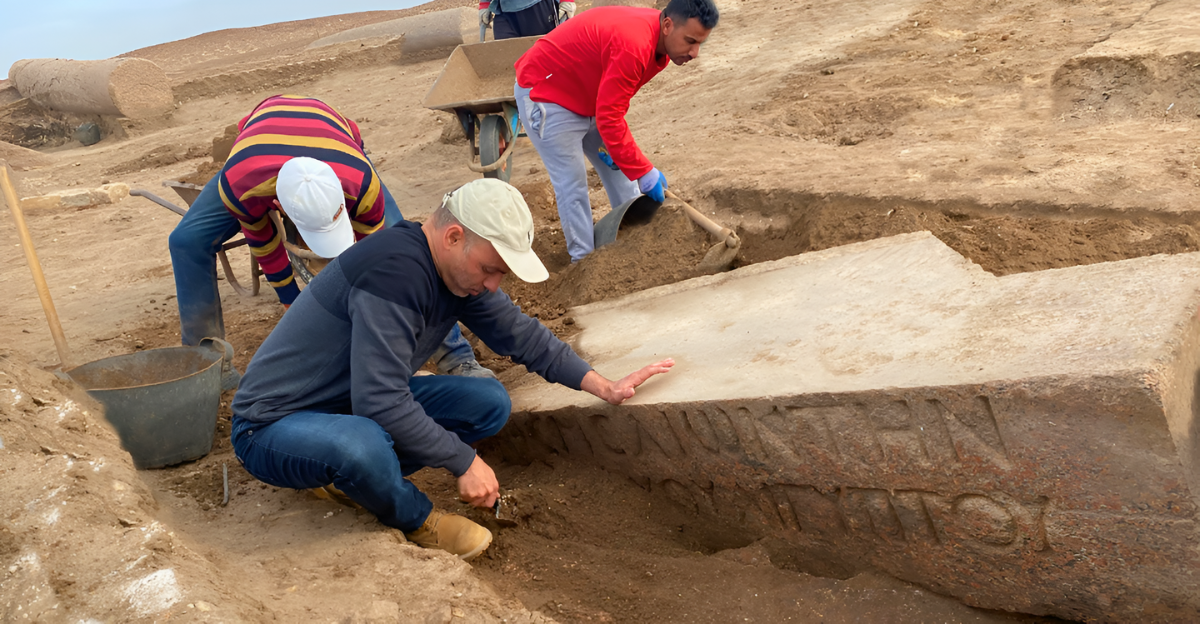
For centuries, the valley lay silent beneath a shroud of jungle mist, its secrets buried beneath roots and stone. The recent discovery of the Tiwanaku temple in Bolivia has mesmerized archaeologists and historians worldwide, opening a new chapter on one of South America’s oldest and most mysterious civilizations.
Hidden beneath a thick blanket of soil and tangled vegetation, the temple had endured nearly 1,000 years without the world knowing its existence. Finally, it has been found, and its secret can be shared with the world.
About the Discovery
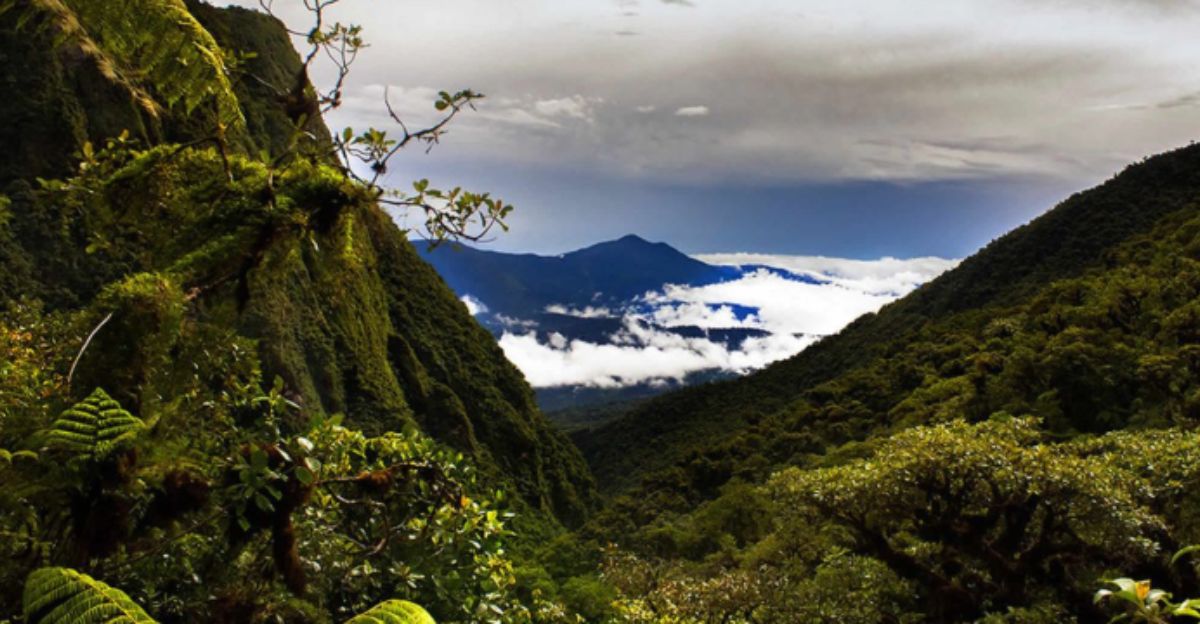
The temple, known locally as Palaspata, lay concealed atop a hill in the municipality of Caracollo, about 130 miles southeast of Tiwanaku’s famous ceremonial core near Lake Titicaca. Local farmers had long recognized the contours of the ruined stonework, but its full significance escaped notice until a team of archaeologists took a closer look.
Set at the crossroads of three distinct ecological zones, the highlands of Lake Titicaca, the llama-herding Altiplano, and the fertile Andean valleys, it likely served as both a ritual center and a hub for trade and cultural interaction.
The Tiwanaku Civilization
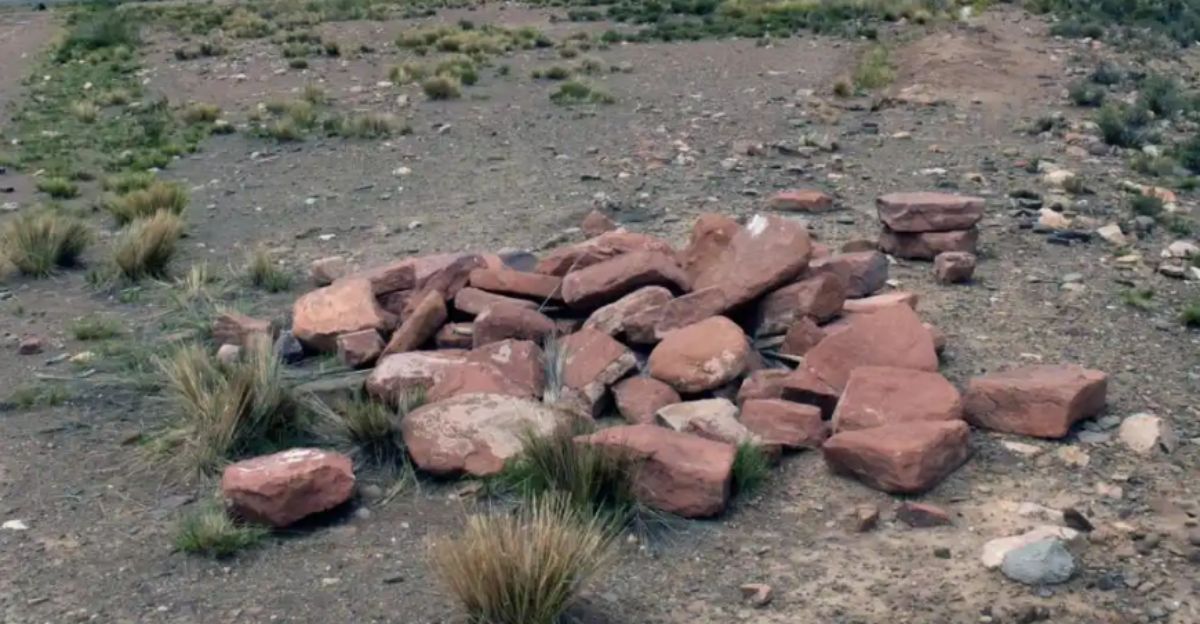
This civilization is one of the ancient Andes’ most influential and enigmatic societies, flourishing from around 200 CE to 1000 CE in the high-altitude basin near Lake Titicaca, modern-day Bolivia. These people engineered monumental temples, courtyards, and urban centers using precisely cut stones, and constructed agricultural terraces that transformed their harsh environment into fertile ground.
By around 1000 CE, however, the region faced severe drought and internal upheaval, triggering the collapse of the civilization and the abandonment of its grand cities.
The Remarkable Find
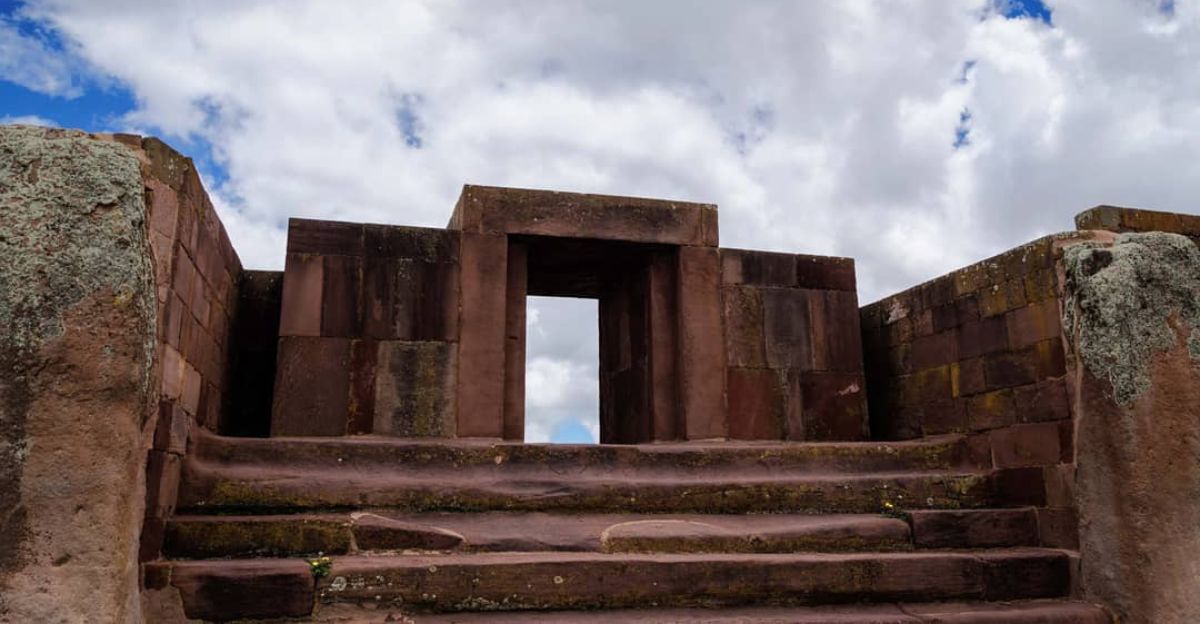
Far from being a modest outpost, Palaspata revealed itself as a monumental complex designed for both ceremonial rituals and social gatherings. It measures an astonishing 410 by 475 feet, the size of a city block. Its architecture, red sandstone perimeter walls, 15 modular rooms arranged around a central vaulted courtyard, and a west-facing entrance precisely aligned with the equinox sunset, echoes the characteristic Tiwanaku style seen in the core regions but with local adaptations.
“The temple’s existence in this location is remarkable. It served as a gateway node materializing the power and influence of the Tiwanaku state,” said Dr. José Capriles, associate professor of anthropology at Penn State and author of the study published by Cambridge University Press.
Archaeological Methods and Technologies
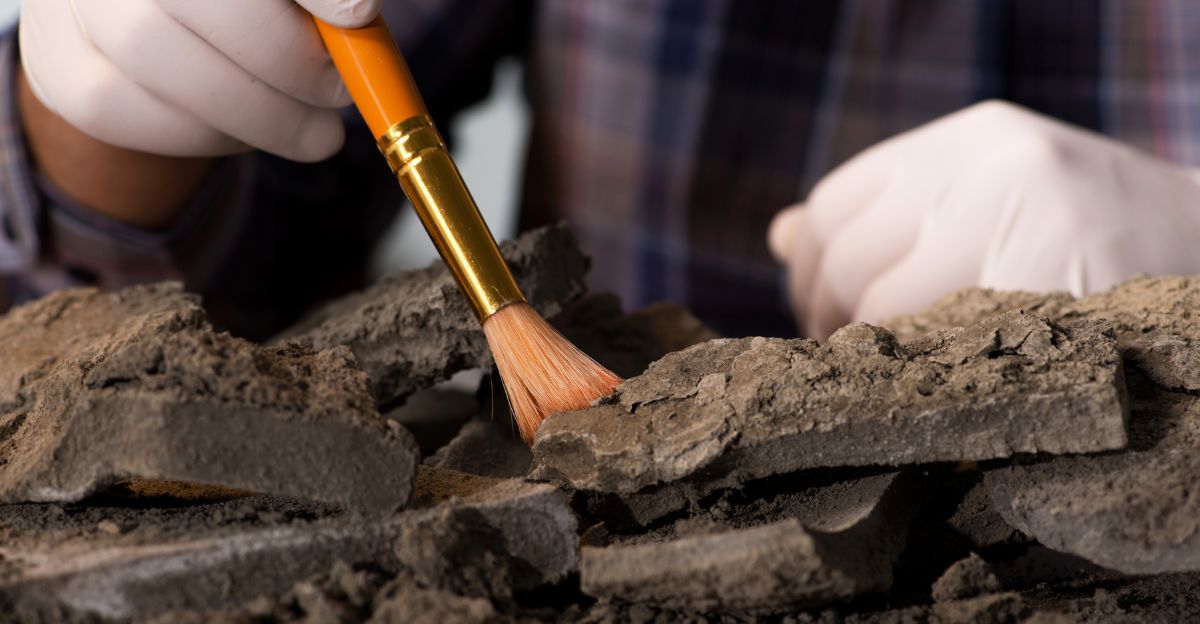
Modern researchers began by deploying satellite imagery and aerial photogrammetry using drones, which allowed them to detect subtle architectural outlines camouflaged by centuries of soil and vegetation. These non-invasive techniques minimized damage to the site, revealing large platforms, perimeter walls, and modular enclosures before any physical digging began.
Once sites were mapped, ground-penetrating radar and magnetic surveys provided a deeper look into subsurface features, confirming the location of hidden chambers, sunken courtyards, and ceremonial spaces essential to the Tiwanaku ritual landscape. “Because the features are very faint, we blended various satellite images together,” Capriles said.
“We also conducted a series of UAV, or unmanned aerial vehicle, flights to acquire better pictures. By means of photogrammetry, a technique that uses photos to construct a 3D approximation, we got a more detailed rendering of the structure and its topography.”
Key Features of the Temple Complex
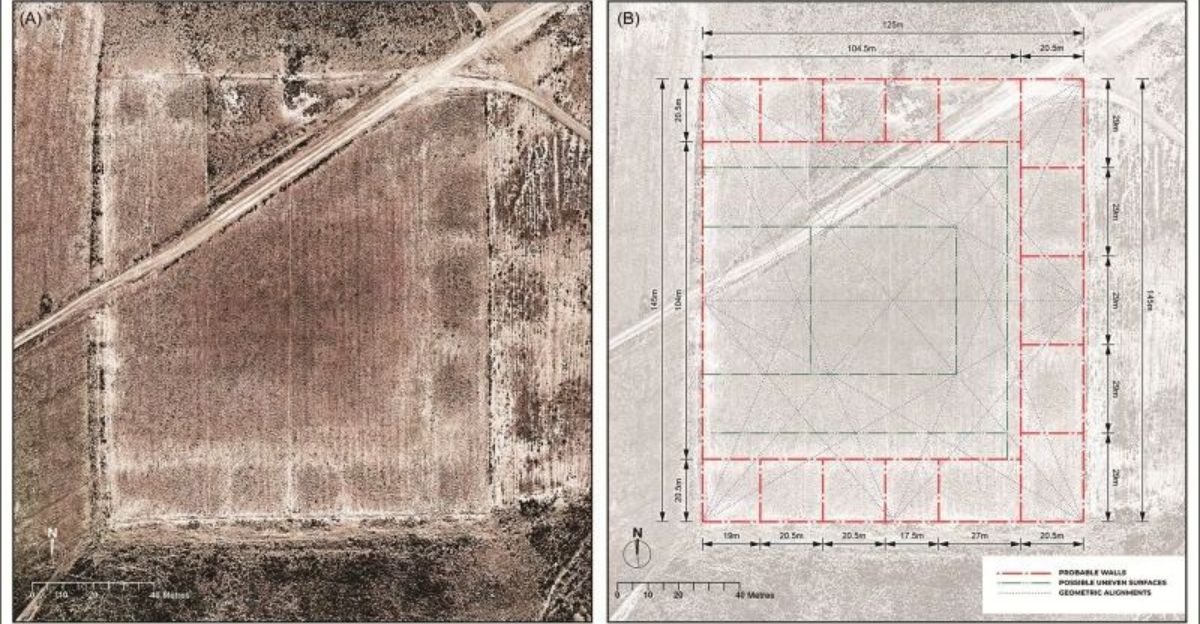
The complex is characterized by its 15 modular enclosures, arranged around a central rectangular courtyard known as a kancha, which may have originally contained a sunken court for ceremonial gatherings. The modules themselves were sizable, ranging from 3,854 to 6,405 square feet, and may have included additional rooms and divisions to accommodate ritual and social functions.
Inside the temple, the alignment of rocks and faint topographic changes hint at collapsed interior walls built with stone masonry and earthen partitions, likely adobe or tapia. However, the original enclosure rooms were probably unroofed due to their massive scale.
The Strategic Location of Palaspata
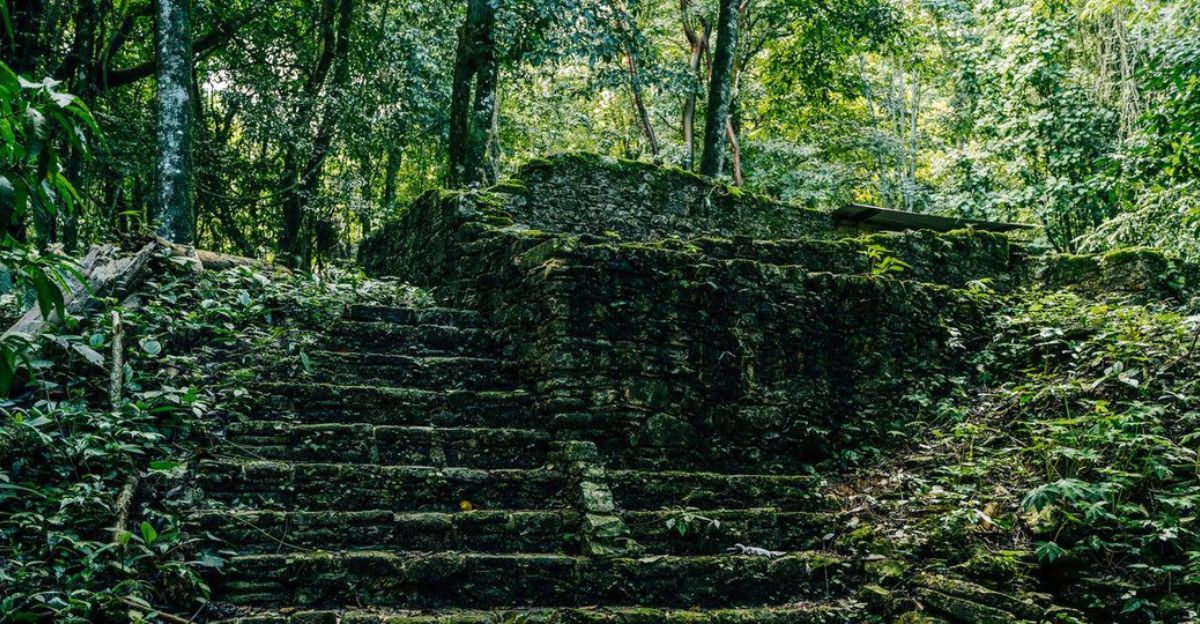
Constructed atop a ridge plateau, it marks the intersection of three key ecological regions: the high plains around Lake Titicaca, the arid Altiplano ideal for llama herding, and the fertile valleys of Cochabamba, renowned for their agricultural productivity. This convergence allowed Palaspata to function as a gateway node, facilitating ceremonial activities and large-scale exchanges of goods, people, and cultural practices across vast distances.
Researchers have found compelling evidence that the temple’s location was deliberately chosen to maximize its influence over spiritual and material spheres. “Most economic and political transactions had to be mediated through divinity, as religion provided a common language that enabled cooperation and collaboration,” explained Capriles.
Ceremonial Function and Solar Alignment

Archaeologists determined that the temple’s western entrance perfectly aligned with the solar equinox. This design decision allowed major rituals to occur as the setting sun illuminated the complex, symbolically marking cycles of agricultural life and reinforcing cosmic order.
Within Palaspata’s central sunken courtyard, archaeologists found flared keru drinking cups, incense burners, turquoise stones, and marine shells, evidence of ritual feasting and exchange.
Evidence of Extensive Trade
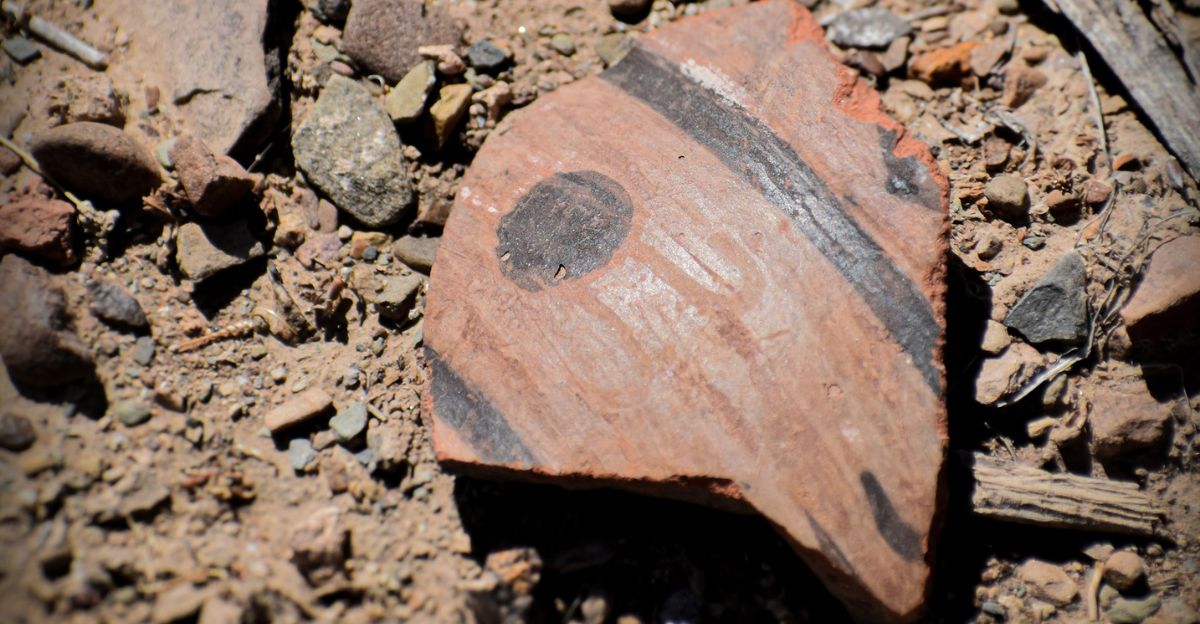
The discovery of diverse artifacts demonstrates active long-distance exchange and Tiwanaku’s expansive sphere of influence. Ceremonial gatherings at the temple involved agricultural and trade activities, with llama caravans transporting prized foods, specialty crafts, and possibly even hallucinogenic plants between regions.
“Maize didn’t grow here,” explains archaeologist José Capriles. “It had to be brought from the eastern Cochabamba valleys… that tells us something about the site’s role in integrating distant landscapes”.
The Influence of the Inca Empire
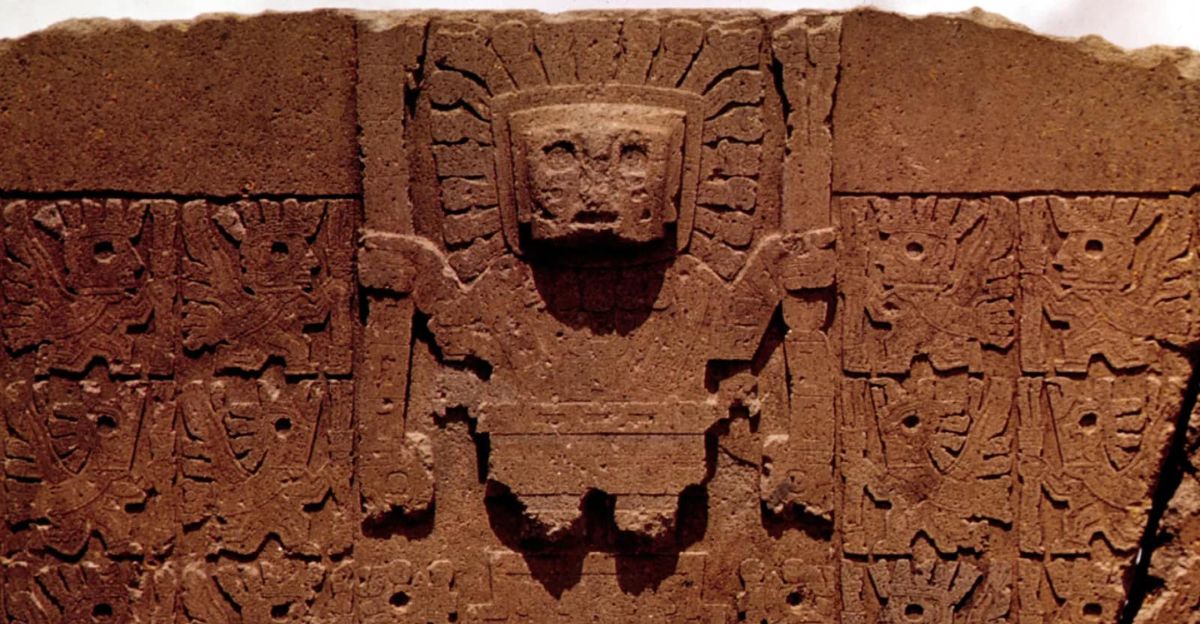
The Inca Empire exerted a lasting influence on the legacy of the Tiwanaku civilization, shaping the region’s cultural and religious landscape long after Tiwanaku’s decline. When the Incas emerged as a major power several centuries later, they intentionally integrated Tiwanaku’s sacred sites into their imperial network, transforming the ruined city into a prominent ritual center.
gricultural innovations pioneered by the Tiwanaku, such as terraced fields and irrigation systems, were adopted and further expanded by the Incas to feed their rapidly growing empire.
Unexplored Site Known to Locals
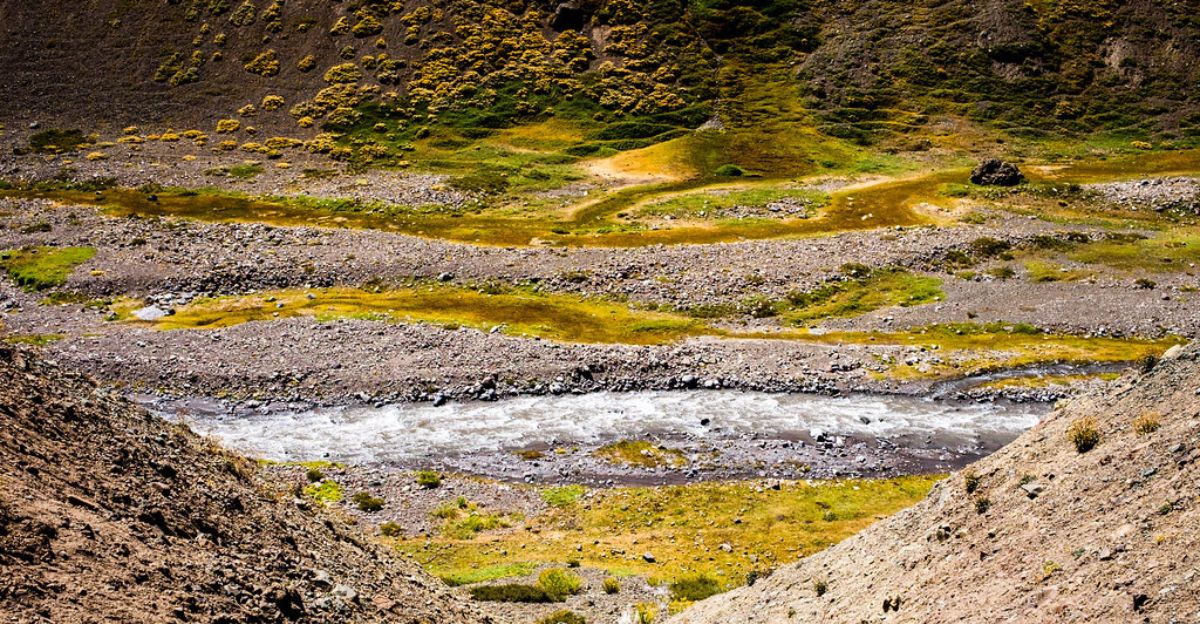
The site of Palaspata, though long present atop a remote hill in the Caracollo municipality, remained largely unexplored by archaeologists for generations, even as local farmers recognized the unusual shapes and ruins embedded in their landscape. Researchers combined satellite imagery and drone photogrammetry to reveal faint architectural outlines invisible from ground level, uncovering a massive city-block-sized ritual complex with sunken courtyards and ceremonial enclosures.
This profound revelation highlights how many of Tiwanaku’s monuments remain hidden in plain sight, unstudied, and enduring simply as features known to the local community.
The Role of Trade Routes
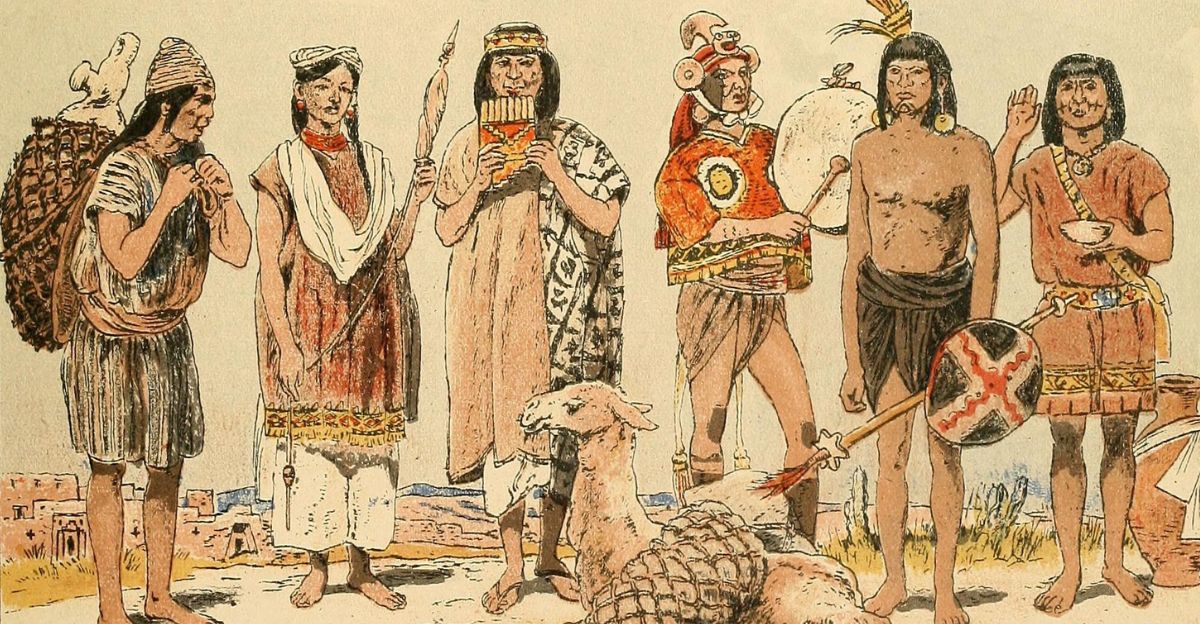
These routes were arteries for movement, linking people, goods, and cultural traditions across vast distances and diverse environments. Tiwanaku’s elite exercised authority over these networks, collecting surplus food and goods for redistribution, a system that fostered social cohesion and reinforced political power.
Moreover, the close proximity to routes like the contemporary La Paz–Cochabamba Highway highlights how Palaspata’s influence endured well past Tiwanaku’s peak, integrating commercial and ceremonial activities even into subsequent empires such as the Inca.
Solar Alignments and Meaning
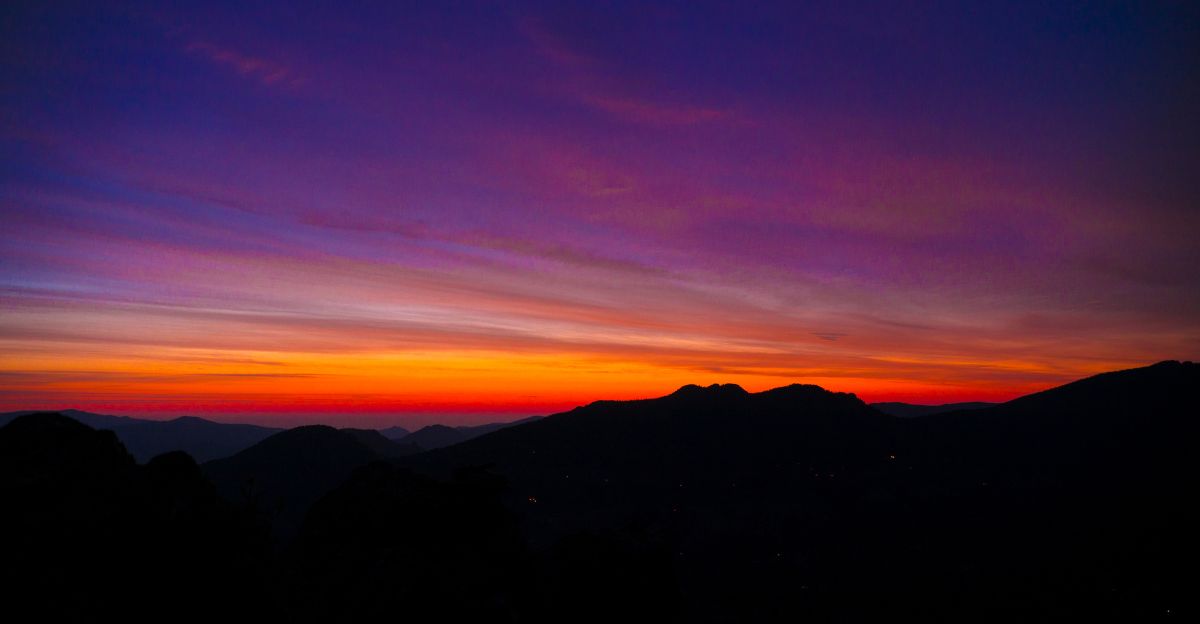
The main entrance and axis of Palaspata are precisely oriented to capture the sunset during the equinox, a time when day and night are of equal length. These solar alignments were not coincidental, proving they had a sophisticated understanding of astronomy. At Palaspata, as at the Kalasasaya, seasonal rituals synchronized with the sun’s movements likely reinforced agricultural rhythms, marking vital periods for planting and harvest and sanctifying the relationship between people, land, and divinity.
During equinox and solstice ceremonies, assembled pilgrims and elites would have witnessed light entering the temple’s core, symbolically linking their society to the celestial realm and validating the authority of Tiwanaku’s religious leaders.
State Investment in Building Projects
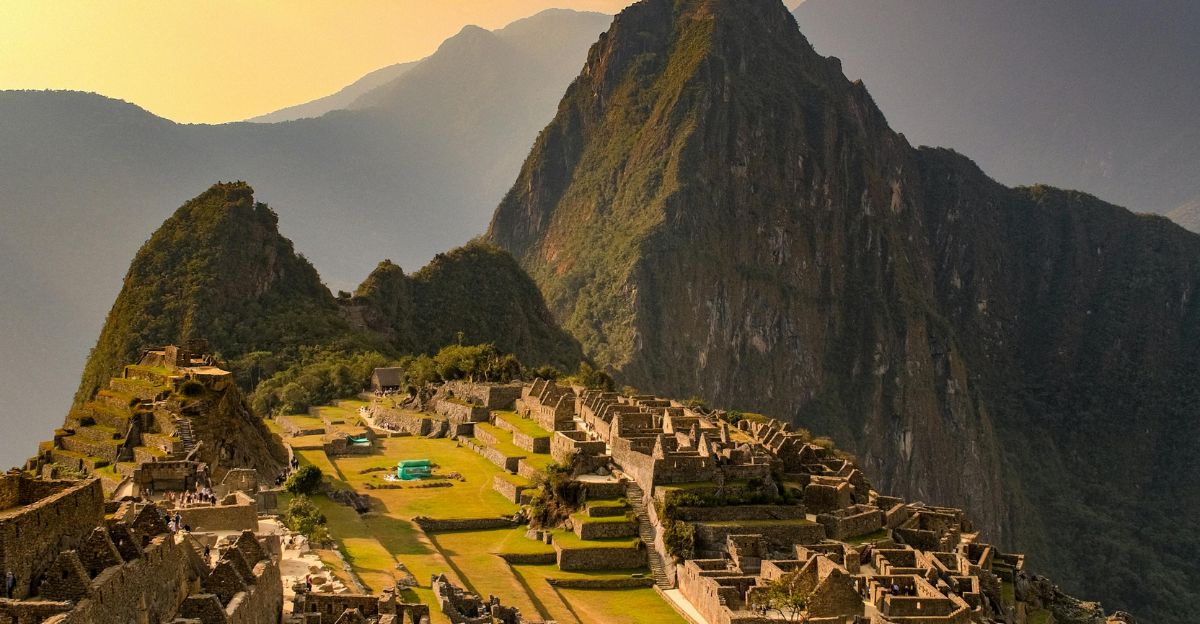
These projects required the coordination of hundreds of skilled artisans, masons, and laborers, transporting massive sandstone and andesite blocks, and developing intricate drainage systems and urban layouts. Research suggests that local elites, seeking advantage from booming trade, often supported such state-directed infrastructure.
These efforts echo the ambition and vision of Tiwanaku’s ancient builders, whose investments transformed agricultural landscapes, unified distant peoples, and established enduring centers of ceremony, governance, and trade throughout the Andes.
Tiwanaku’s Sacred Rituals
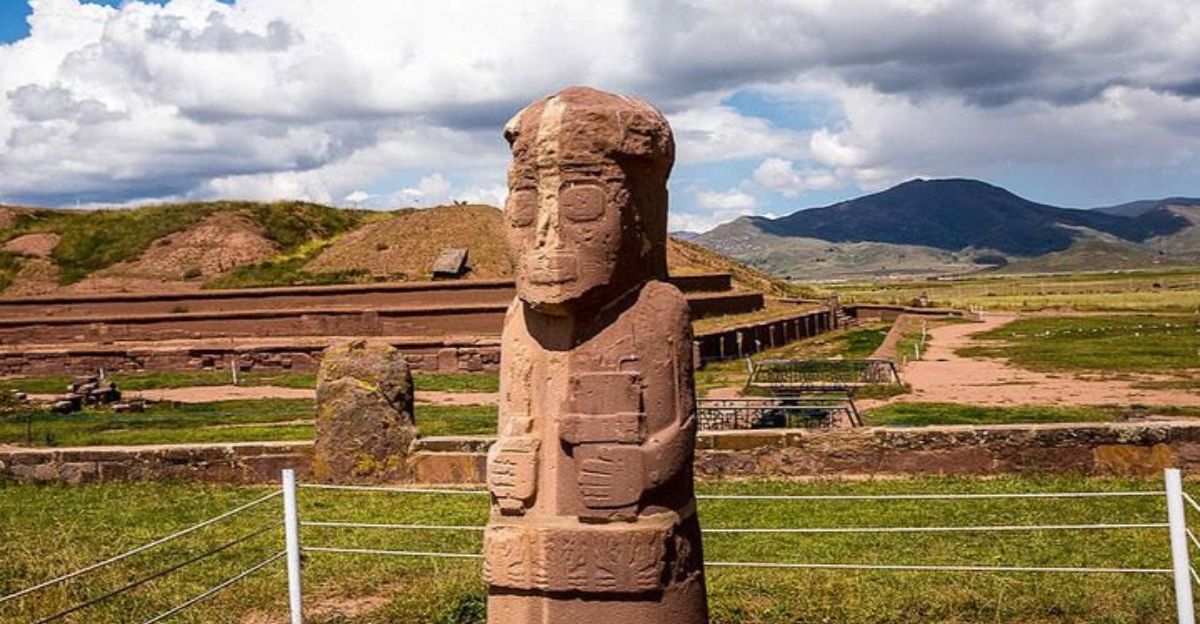
Religion was Tiwanaku’s ideological heart and political engine, with ritual offerings, feasts, and ceremonies conducted at monumental locations such as Akapana, Pumapunku, the Semi-Subterranean Temple, and the newly revealed Palaspata site.
At these sites, elites and priests conducted ritual feasts, burned aromatic incense in feline-shaped burners, and offered high-value goods to supernatural deities, especially their rayed-faced sun god.
Preservation Efforts Begin
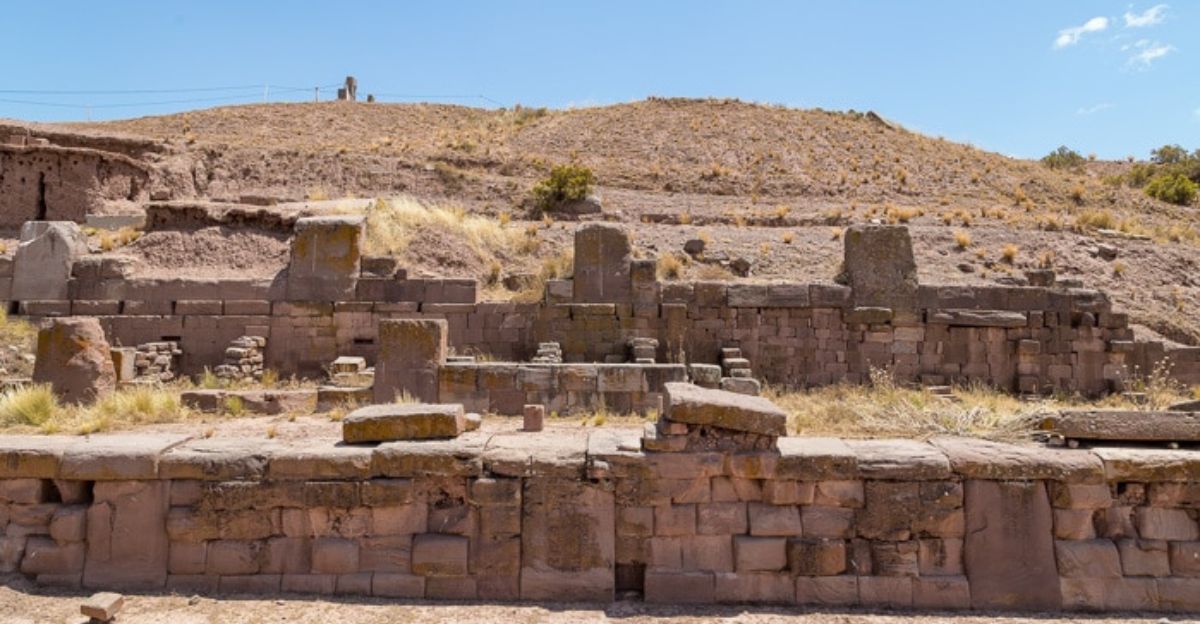
Preservation teams employ modern documentation strategies, including 3D scanning and photogrammetry, which help capture every detail of the sprawling complex and create digital replicas for study and management.
These methods allow restoration planners to visualize long-term conservation scenarios and engage local communities in protection measures without disturbing fragile foundation stones or disrupting farming livelihoods.
Local Responses and Heritage Pride

The discovery of the Palaspata Temple has sparked a wave of heritage pride and optimism among the residents of Caracollo. It highlights a chapter of local history that had previously gone unrecognized. Local leaders have been quick to support collaborative efforts with national agencies and researchers, aiming to protect the temple and responsibly promote tourism.
“The archaeological findings at Palaspata are significant because they highlight a crucial aspect of our local heritage that had been completely overlooked,” said Caracollo mayor Justo Ventura Guarayo. “This discovery is vital for our community, and we believe its documentation will be invaluable for promoting tourism and showcasing our region’s rich history.”
Ritual Feasts and Communal Gatherings
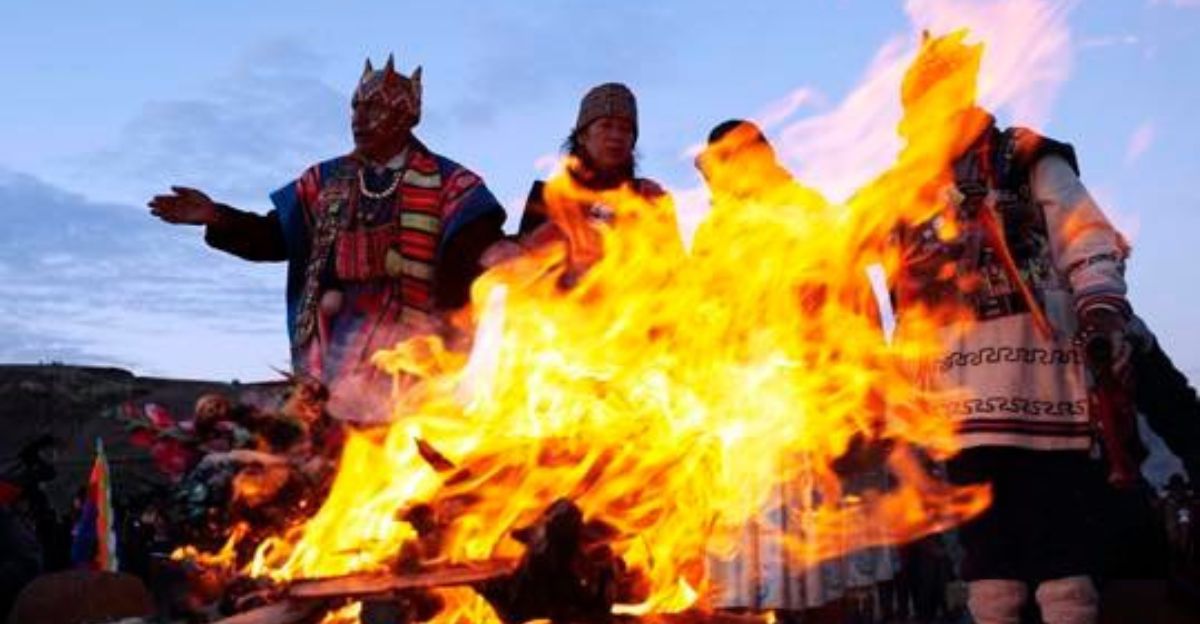
Archaeological and historical evidence reveals that these events were not merely religious festivals but sophisticated occasions for forging social capital, redistributing resources, and integrating distant groups across the Andes. Ritual drinking from decorated keru cups, incense burning, and crafts presentation were woven into ceremonies invoking fertility, agricultural cycles, and divine favor.
“People moved, traded, and built monuments in places of significance,” explained Capriles. Communal gatherings were as much about negotiating power, social ties, and state expansion as they were about celebrating cosmological belief.
Architectural Insights and Innovations
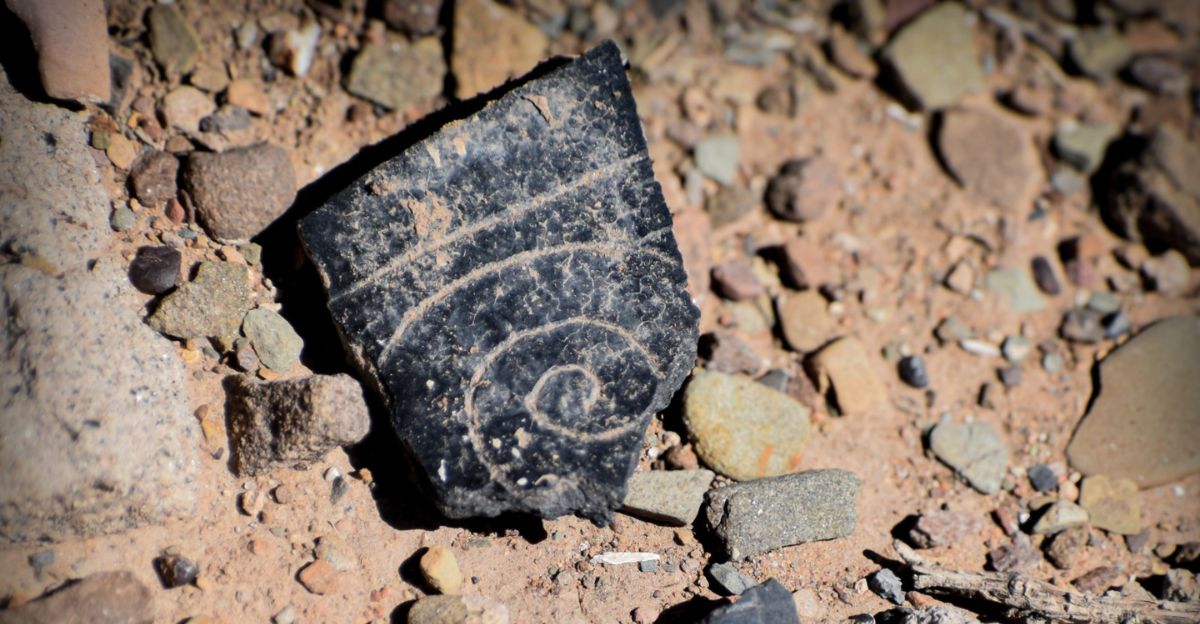
One of the most striking architectural features is the perimeter wall, built from red sandstone slabs and polished white quartzite boulders, chosen for their durability and symbolic resonance within Tiwanaku cosmology. Subtle shifts in elevation and distinctive vegetation patterns further distinguish the temple’s boundaries from the surrounding plateau, marking the sacred landscape in functional and visual terms.
Inside the temple, collapsed stone masonry is complemented by earthen partitions made from adobe or tapia, creating a blend of sturdy enclosure and flexible division likely suited for large, open-air ceremonial spaces.
Uncovering More Mysteries
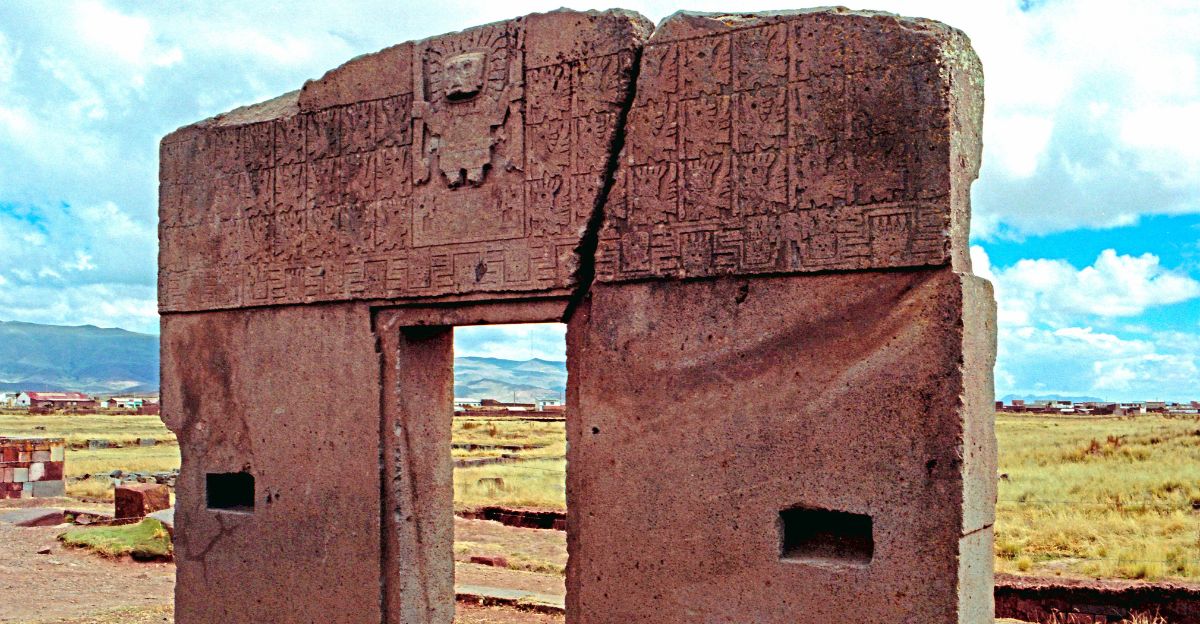
The rediscovery of Palaspata Temple has launched a new archaeological inquiry, promising to uncover more mysteries about the Tiwanaku civilization and the broader ancient Andean world. Researchers, using advanced satellite imagery and drone photogrammetry, found the site both unexpectedly far from the civilization’s famous core near Lake Titicaca and densely packed with clues pointing to unknown aspects of Tiwanaku’s culture, reach, and trade networks.
Each new season of excavation, each radiocarbon-dated sample, and each uncovered artifact at Palaspata expands not just the known map of ancient Bolivia, but the understanding of how vanished civilizations managed sophisticated networks.